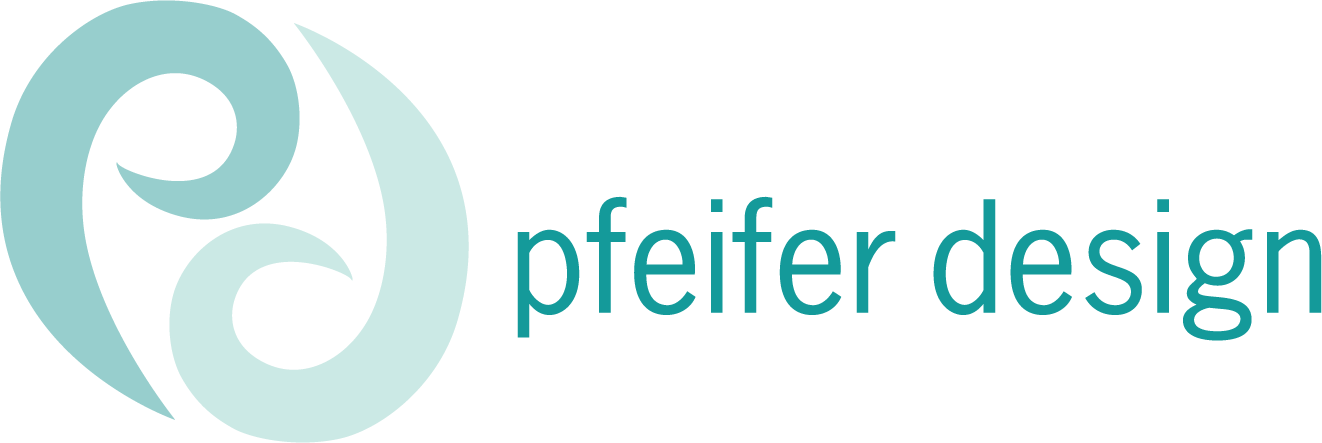Timesaving Tip- Create a Template
Hi! I hope you enjoy reading this blog post. If you’d like to just have Pfeifer Design do the work for you, please click here.
One-sheets that were created to convey various educational information. The client utilized templates that we set up that were consistent and useful for creating new sheets in the future.
Timesaving tips for your business: Create a template. A big time suck is having to create something from scratch, when you've done something similar before and could use elements from it. Creating templates can be helpful with business forms, contracts, social media posts, newsletters, and reoccurring pieces like these one-sheets I designed for a dog training certification organization.
Why Templates are a Game-Changer
Consistency and Professionalism: Templates ensure that your business documents and marketing materials maintain a consistent look and feel. This consistency not only reinforces your brand identity but also projects professionalism to your clients.
Efficiency and Speed: Templates streamline the creation process, allowing you to produce documents swiftly and consistently, freeing up valuable time for other important tasks.
Reduced Errors Using templates reduces the chances of making mistakes that often occur when creating new documents. Templates provide a pre-set structure where you only need to fill in the necessary details, minimizing the risk of omissions or inconsistencies.
What to Consider for Templates:
Identify Repetitive Tasks
Look at your daily, weekly, and monthly tasks. Identify the documents or designs you repeatedly create. These could be anything from email responses to clients, invoices, proposals, social media graphics, or newsletters.
Gather Your Best Work
Review past work and select the best examples that can serve as the foundation for your templates. These should be the documents or designs that received positive feedback or were particularly effective.
Standardize Your Layouts
Create a standardized layout for each type of document or design. Ensure that the key elements such as headers, footers, logos, and contact information are consistent across all templates.
Utilize Design Tools
Use design tools like Adobe Creative Suite, Canva, or even Microsoft Office to create your templates. These tools often have built-in templates that you can customize to fit your brand.
Automate Where Possible
For documents like contracts or invoices, consider using software that allows you to create templates and automate the filling process. Tools like DocuSign or QuickBooks can save you even more time. I like using Dubsado for my proposals and contracts, because it allows me to create forms that can then be customized for other clients, and allows clients to e-sign contracts within their client portal as well.
Specific Template Ideas
Business Forms: Create templates for frequently used forms such as client intake forms, feedback forms, or project briefs.
Contracts: Have a standard contract template that you can quickly tailor to each new client or project.
Social Media Posts: Develop a set of branded templates for different types of social media content (e.g., promotions, quotes, announcements).
Newsletters: Design a newsletter template that you can update with new content each time, ensuring consistency and saving time.
Presentation Decks: Create a branded PowerPoint or Keynote template for presentations.
Conclusion
Streamlining your processes with templates not only saves you time but also enhances the quality and consistency of your work. Streamline it - and gain the extra time for fun stuff - like playing with your dog! 🐕
If you need help creating templates to make your process easier, please contact Pfeifer Design for a consult today!


